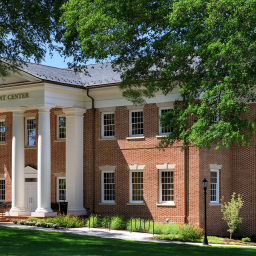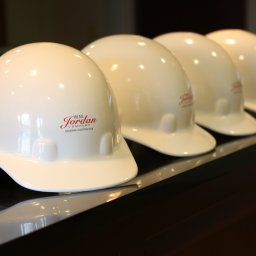Construction, like all industries, is constantly evolving. Lean construction is the next step to a more efficient and productive job site.
The term Lean construction was born in 1993, and the concept has been spreading across job sites for the last few decades. Lean construction strives to maximize value for the client while minimizing waste. Lean is based on mutual respect and communication between all parties involved. The process brings together all stakeholders, including the owner, architect, engineers, contractors, trade partners and suppliers, and requires a buy in and commitment from all parties.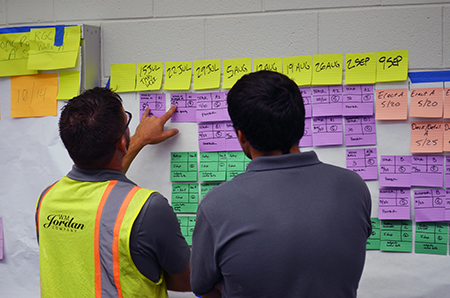
Lean construction takes its inspiration from Toyota. After World War Two, Taiichi Ohno, a Japanese industrial engineer, developed the Toyota Production System (TPS) which is the basis for Lean construction. The main goal of the TPS was to eliminate overworking employees, remove inconsistencies and eliminate waste. These goals lead to a better and more efficiently produced product.
The core principles behind Lean are respect for people and continuous improvement. Respect for people can be as simple as asking them what they think. By engaging trade partners contractors can build community. Asking for input is a powerful tool in both timeline preparation and fostering accountability at the job site.
“Instead of telling workers what to do, we ask them what they think we should do,” said Chad Blalock, WMJ’s Building Systems Group Manager and Lean Coach. “It is truly a collaborative process with buy-in from all parties involved, so the entire team takes ownership of the schedule.”
Lean practitioners are always looking for more efficient ways to complete a task. In construction, determining what the client values is the first step to determining a Lean plan. Once values are established, any process that does not add value should be eliminated from the construction plan.
The first goal of Lean construction is to eliminate waste. Waste can be anything from defective products, overproduction (where a task is completed earlier than scheduled or before the next task in process can be started), waiting (when workers are ready but materials are not there or prerequisite task has not been completed) and can even include inventory arriving too early.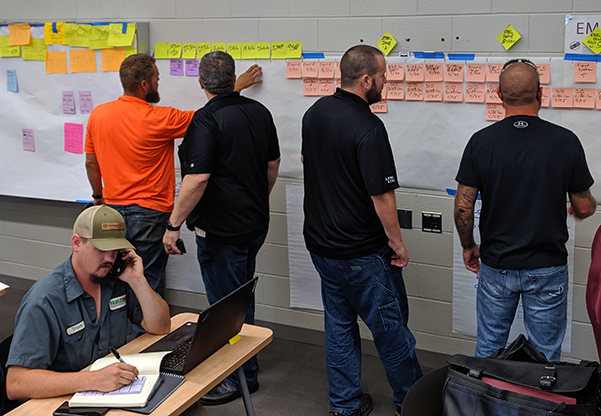
Lean eliminates most of these waste problems by consistent planning and utilizing downstream demand, or pull planning. Pull planning brings all groups together and maps out a timeline. First, project milestones are mapped out (topping out, concrete pour, furniture move in, etc.). Working backwards, suppliers and trade partners along with contractors can map out when to start tasks based on when the prerequisite work will be completed. This ‘pulls the work forward’ creating a pull plan. Pull planning keeps all parties on the same page and enforces a commitment among the group. Trade partners work together and commit to each other to create an efficient work flow.
“Pull planning has allowed us to build a detailed project schedule upfront with trade partner input and coordination,” said WMJ Project Manager Danny Lee. “As the project progresses, this method facilitates communication and allows each team member to hold one another accountable.”
After pull plan meetings site superintendents are encouraged to hold daily huddles with their trade partners and foremen. These huddles are instrumental in continuing synergy between trades and suppliers. Daily huddles set expectations for the day, as well as reaffirm commitments made and increase accountability among trade partners.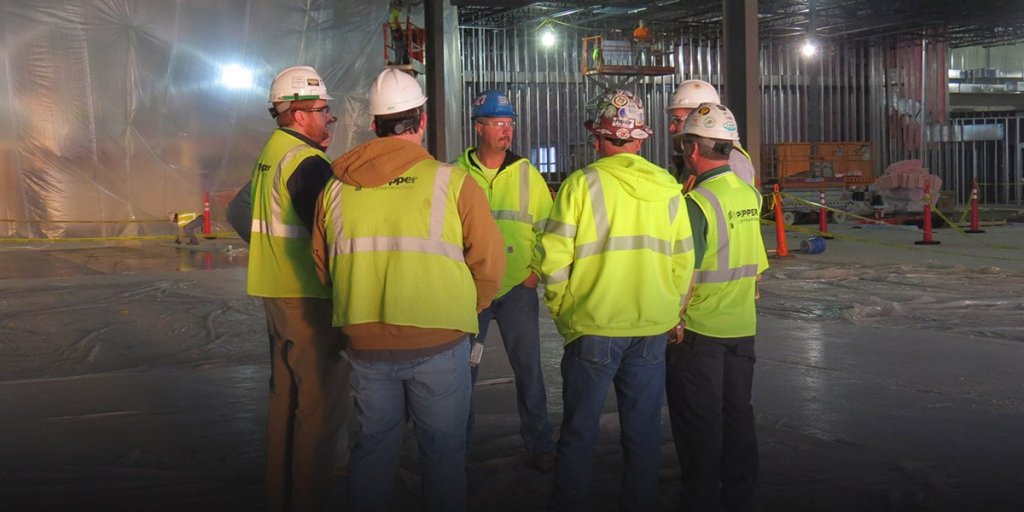
“Daily huddles are a game changer,” said W. M. Jordan Superintendent Victor Chriscoe, “They make people communicate, and interact. When everyone is aware of what is going on, we are better able to prepare our plan for that day.
W. M. Jordan Project Manager Patrick Barbier utilizes Lean concepts on his current job sites, “The daily huddle is the most important part of the Lean system. Trade partners can see what will be accomplished on a present day and review the next day’s work.”
At its core, Lean is an ideology and philosophy. Everyone must buy in to the idea that there is a more efficient way to accomplish the client’s goals. Lean is proven to produce more efficient job sites and improves client satisfaction. It is a win-win for everyone involved.

Lean Coach
To learn more about how WMJ can help you implement lean
practices on your next project, email Chad Blalock.


